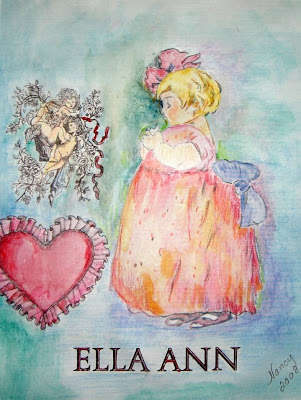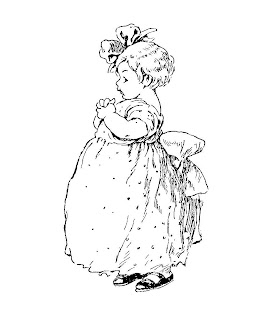Etsy is the place to go on the
internet for “ALL THINGS HANDMADE” with over 100,00 sellers world wide. One of the
Etsy forums is sponsoring a blogger posting for recently read books, and my submission for August, 2008 is a review of Pearl Buck's
The Good Earth, which follows.
The style in which Pearl Buck's renowned
THE GOOD EARTH is written (a combination of biblical prose and a sort of Chinese narrative) has been said to "increase the dignity of its characters". It is a bit different to read, and the reader must fill in the "gaps" with necessary words and images in order to complete sentences. But after just a few pages, mental interpretation
becom
es easily patterned.
With references from
Kirjasto, the story takes place in the 1920's in the time of intense famine in China. (Remember that from 1800-1850 about
45,000,000 people died of starvation in China.)
The main character, Wang Lung, is followed from his early life as a peasant living with his father, and then buying a servant wife from a prosperous town family, living a bare-bones life including intense hunger, and then on to his eventual position as a prosperous landowner.
O-
lan, the servant wife, also figures prominently in the story. She was sold into slavery at the age of five or six by her father in order to feed his family. She then grows up in the wealthy house of
Hwang as a kitchen slave, working 12-15 hours almost every day. O-
lan is sold to Wang Lung while in her teens. Thus begins her adult life as a willing slave to her husband.
O-
lan is a plain woman, often described by Wang Lung as having "big feet" (because they were not bound). Only the wealthy could bind the feet of a female child to increase her marriage potential to a suitable husband, and O-
lan was destined to be a slave with unbound feet. And slave she was, with a unswerving devotion to her husband and her children and to the land Wang Lung acquired at her extraordinary expense.
The narrative starts out with relative prosperity in that they have enough to eat and O-
lan bears two sons. Hardship follows, a drought comes over the land and O-
lan gives birth to a girl. And although they need money for survival, O-
lan decides not to sell the first daughter.
More from
Kirjasto,
Revolution breaks out, houses are plundered, and Wang Lung gets in his possession a silver treasure. The family returns to their home region. Wang Lung buys land and soon owns also the house of now impoverished Hwang. The only problem is their retarded child, a girl, who don't speak. O-lan gives birth to twins, a boy and a girl. The elder boys go to school. Wang Lung buys another wife, Lotus. O-lan is not well after the birth of the twins, and she dies after the wedding of her sons. In his old days, Wang Lung gives his love to a young slave girl, who also takes care of the retarded girl. His youngest son moves from the house to become a soldier and because he also loves the young slave girl. Old Wang Lung witnesses for his sorrow that his children do not share his unyielding devotion to the land.
In 1932, Buck won the Pulitzer Prize for fiction for this book, and in 1938 won the Nobel Prize for Literature.
One biographer states ...
In 1949, outraged that existing adoption services considered Asian and mixed-race children unadoptable, Pearl established Welcome House, the first international, inter-racial adoption agency; in the nearly five decades of its work, Welcome House has assisted in the placement of over five thousand children...
.
The Good Earth kept me spell-bound. The rich history of China is graphically crafted with Buck's choice of words. The story was captivating, and parallels to modern day life can be conjured up from every page of this narrative.
Mrs. Buck went on to establish the
Pearl Buck Foundation in 1964. She died in 1973 at the age of eighty. Her fascinating life and biography is well worth reading in its own right.
















 I plan on using all my watercolor skills on this little beauty, and will
I plan on using all my watercolor skills on this little beauty, and will 


 What colorful, tasty organic vegetables! I went back later and picked up 8 cups (packed!) of basil and arugula leaves and made four more batches of
What colorful, tasty organic vegetables! I went back later and picked up 8 cups (packed!) of basil and arugula leaves and made four more batches of 
 This is a picture of our back patio Sunday evening.
This is a picture of our back patio Sunday evening. Is this some amazing mushroom?
Is this some amazing mushroom?


















 Get 'em while they're hot!
Get 'em while they're hot!






